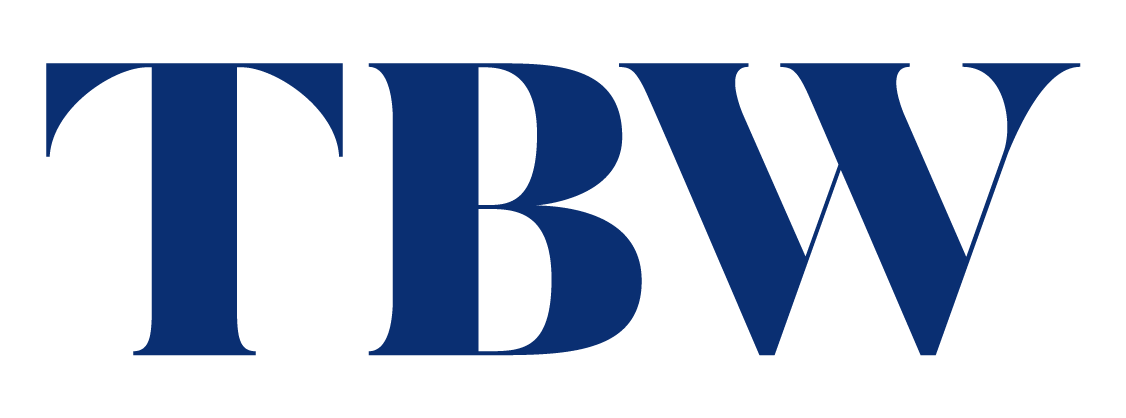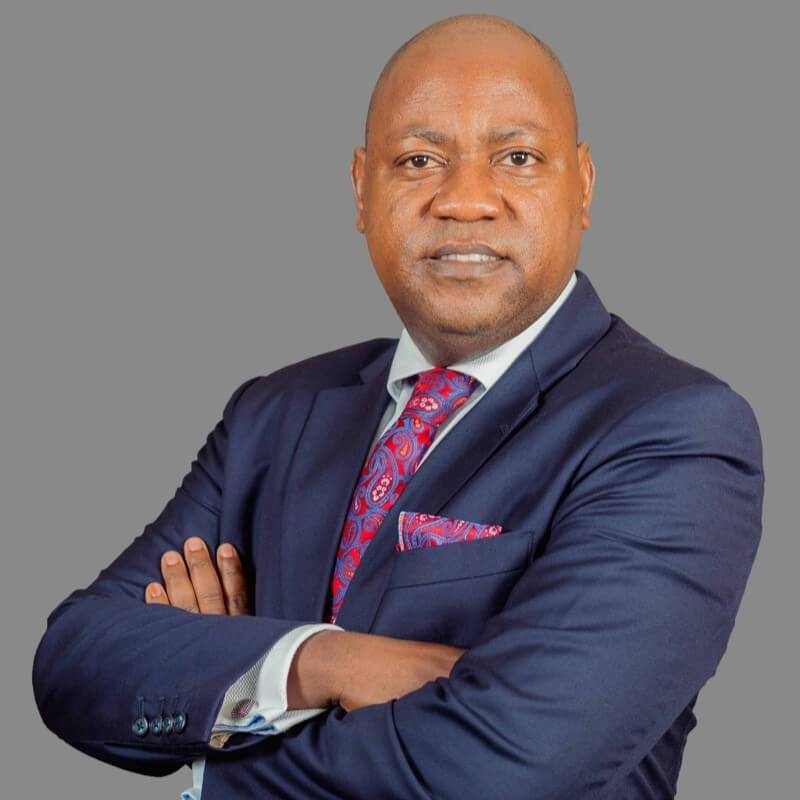A decision to set up the East African Monetary Institute –the Central Bank of East Africa—will be made this year, a key establishment required in implementing a single currency regime.
EAC Secretary General Dr Peter Mathuki said the Council of Ministers is expected to plan on the location of the EAMI this year.
Over the recent past, member states have been jostling to host the EAMI, each angling to avail themselves of the massive potential to attract foreign capital and become the region’s financial hub.

“The EAMI will be in place this year in what will allow us to harmonize member states’ fiscal and monetary policies, then in about three years we will have a common currency in place,” he told journalists last week.
The single currency will ease business and movement of persons within the region, which would achieve the bloc’s goal of becoming as envisioned in the Common Market Protocol.
The EAC has a collective population of 300 million, with investors from across the world standing to gain from the market and by extension have access to the entire continent’s population.
The common currency marks the third pillar of integration of the EAC after the establishment of the customs union and the common market protocol that deepened cooperation among the Partner States.
Statistics from the EAC secretariat show that Intra-regional trade within the regional bloc is on an upward trajectory, standing at USD10.17 billion by September 2022.
The EAC comprises seven-member states with the latest entrant being The Democratic Republic of Congo which came on board in March last year, adding its more than 90 million market population to the regional trading bloc.
DRC, a mineral-rich country, already has established trade ties with most of the EAC member states through bilateral deals and at the multilateral level where it is affiliated with the Southern African Development Community (SADC) where Tanzania is a member.
SOURCE: BUSINESS DAILY






